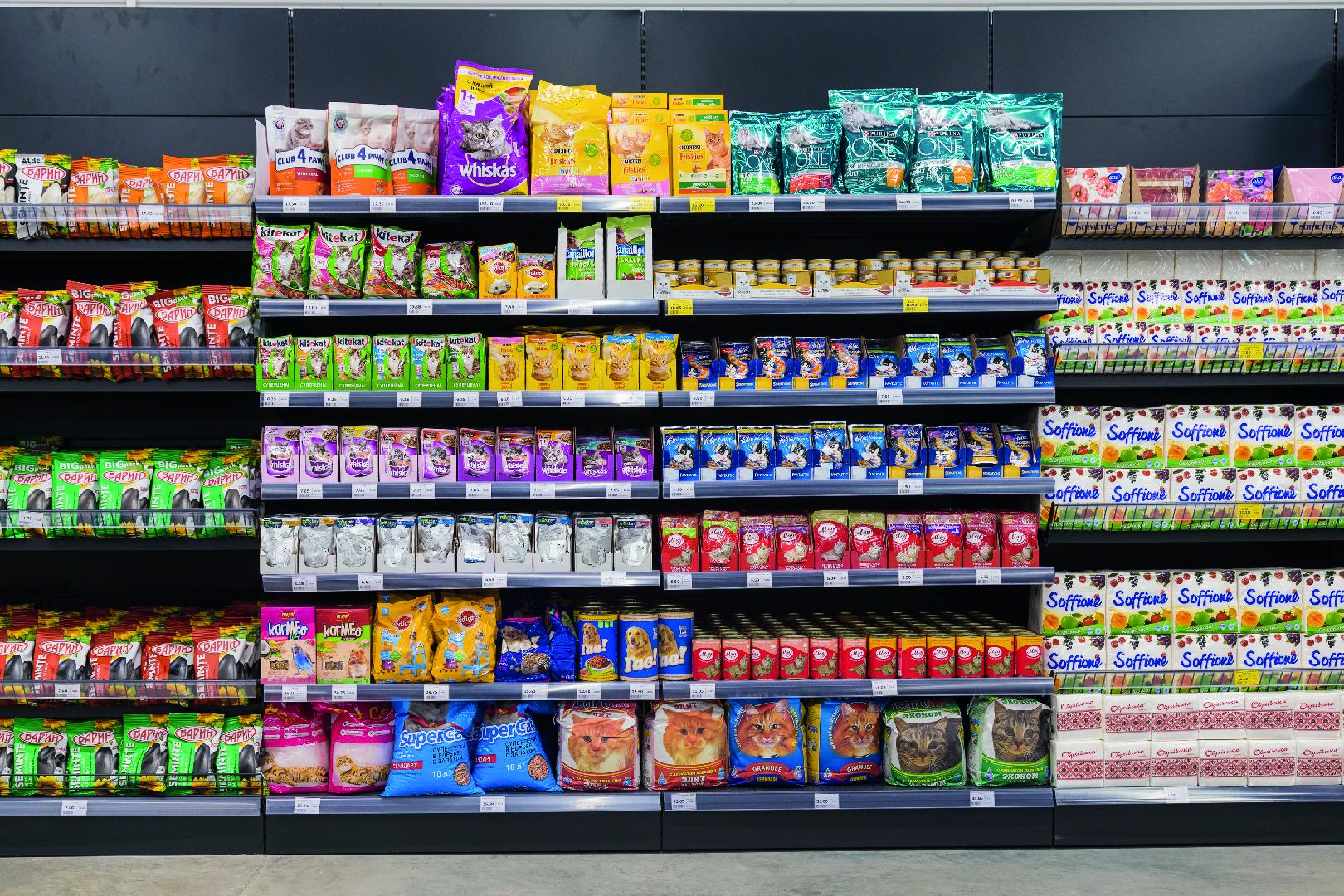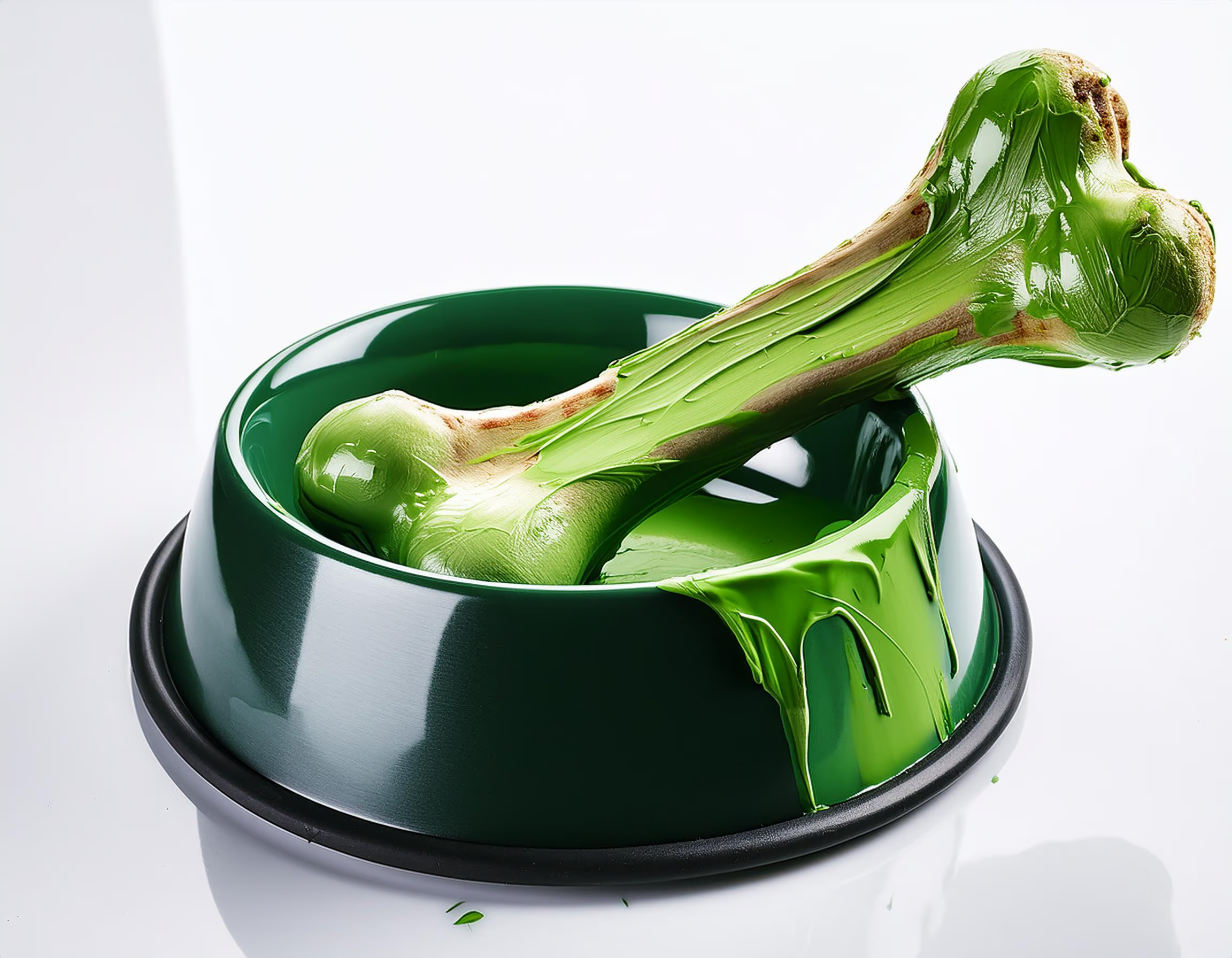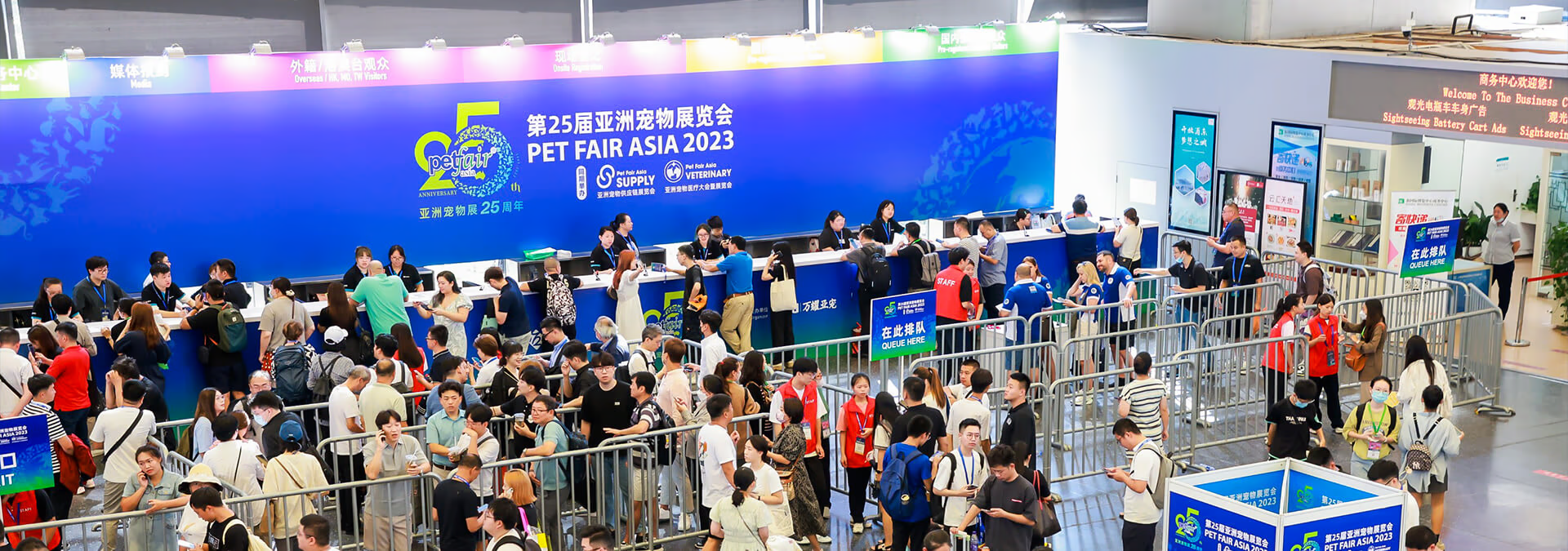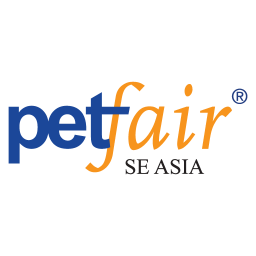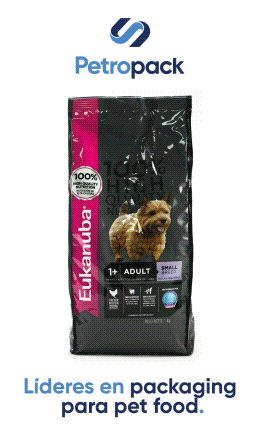Today, this skyrocketing increase in online pet-related purchases continues to change significant aspects of manufacturers' operations.
When it all started: the pandemic
The COVID-19 pandemic produced significant changes in the way people buy goods and services, and this was no exception for the pet food category. This, little by little, has made producers and manufacturers in the industry begin to recalculate and reflect on what will be the most effective way to move pet food and snacks that are purchased online today, both from a strategic and technical point of view.
The challenges
The requirements for packaging for online e-commerce can be very different from those of traditional channels because, logically, they are exposed to different situations, contexts, environments, and companies that intervene from the time of their production until their arrival at the home of final consumers.
Quality, above all
Good packaging must provide, above all other characteristics, sufficient quality to safeguard product quality and maintain its freshness. For this, it must be solid and, ideally, sustainable. With a new consumer pathway growing in this way, there is no doubt that packaging must be designed for its rigors and challenges, offering resistance to punctures and scratches but, at the same time, not diminishing its functionality. Finally, the exterior design must provide clear nutritional information and clean labels.
The price, the expected one
The supply chain is getting tighter, and this results in an increase in raw materials. That aspect, together with the general crisis of the cost of living, means that the group of consumers willing to pay more for premium food has reduced considerably. Therefore, manufacturers must focus on creating packaging that looks and feels premium on the shelf and even at home, and that is produced ethically as quickly and cheaply as possible.
Part of this economic production has to do with creating packaging that optimizes its mobilization to the maximum, getting it to fit perfectly in the boxes or pallets in which it is transported.
Production planning
Production planning is one of the biggest challenges in meeting today's e-commerce demands (because it's constantly changing). Traditionally, major brand manufacturers have gained operating cost efficiencies from the use of large production lines. But now, since changeover equals downtime, there is a need for process lines where operating recipe parameters can be changed quickly and accurately, and machines used must be able to meet that demand, designed for easy cleaning and to minimize cross-contamination. In addition, more and more automation is needed to achieve improved performance, with vision systems and robotics in packaging lines.
Beyond all these challenges, good packaging must not only meet the requirements that what it transports needs to arrive at its best quality but also tell the brand's story, its own story, when it reaches the hands of its consumer.
New trends, new packaging
Subscription models
Direct-to-consumer pet food sales have increased, and many of today's subscription services are geared toward pet owners with premium and super-premium leanings. Personalized food subscriptions, personalized packaging, and limited-edition products are also on the rise. These models are very beneficial for brands, as they allow them to engage with their customers on an ongoing basis and stabilize revenue streams while helping to predict demand to better stock management.
Fresh food
Fresh pet foods require packaging that ensures flavor and freshness preservation and withstands environmental and climate challenges. Having the appropriate packaging structure with high-barrier properties that preserves food freshness and palatability is vital for this food format.
Less big bags, more small ones
Another current trend is the reduction of larger pet food bags to reduce weight, thus facilitating mobility and shipping costs. This, on the other hand, reflects the trend of having smaller dogs and cats that eat less and don't need as much food as bigger pets.
Conclusion
The influence of the changes brought about by online purchases puts pressure not only on manufacturers but also on research and development teams, which are constantly monitoring trends and new demands and needs.
Hand in hand with all these changes due to the rise of electronic commerce, we find ourselves with an increase in consumer expectations. The market demands greater volume and quality, especially for online purchases, and, obviously, without compromising prices. Undoubtedly, the rise of the online pet food trade has a great influence on the industry manufacturers' operations.
Source: All Pet Food Magazine
You could be interested: The 27th Edition of Pet Fair Asia Will Take Place From 20 to 24 August 2025 in Shanghai, Marking The Largest Event in its History
About author
María Candelaria CarbajoI’m a creative, interdisciplinary person, translator, and editor. I collaborate in producing and writing creative, high-impact projects to promote cultural exchange, transmit differential values, and connect with people/the audience. Likewise, I enjoy teamwork and joining forces, experiences, and knowledge to bring the world all the potential of those ideas that seek to impact people’s lives positively.
Market Information
07/08/2025
The American Pet Products Association (APPA) Releases 2025 Dog & Cat Report, Revealing a New Era of Pet Ownership
29/07/2025











